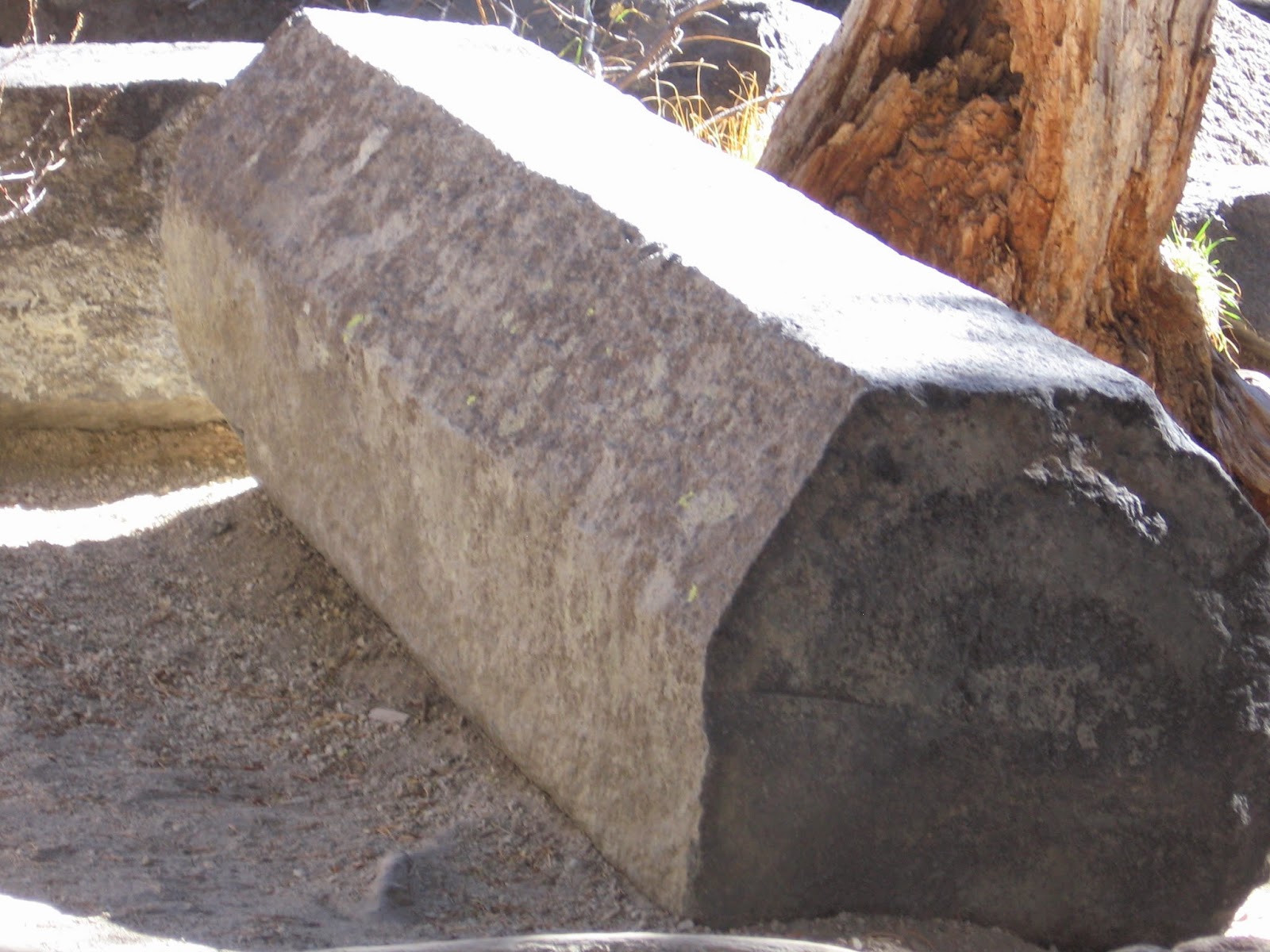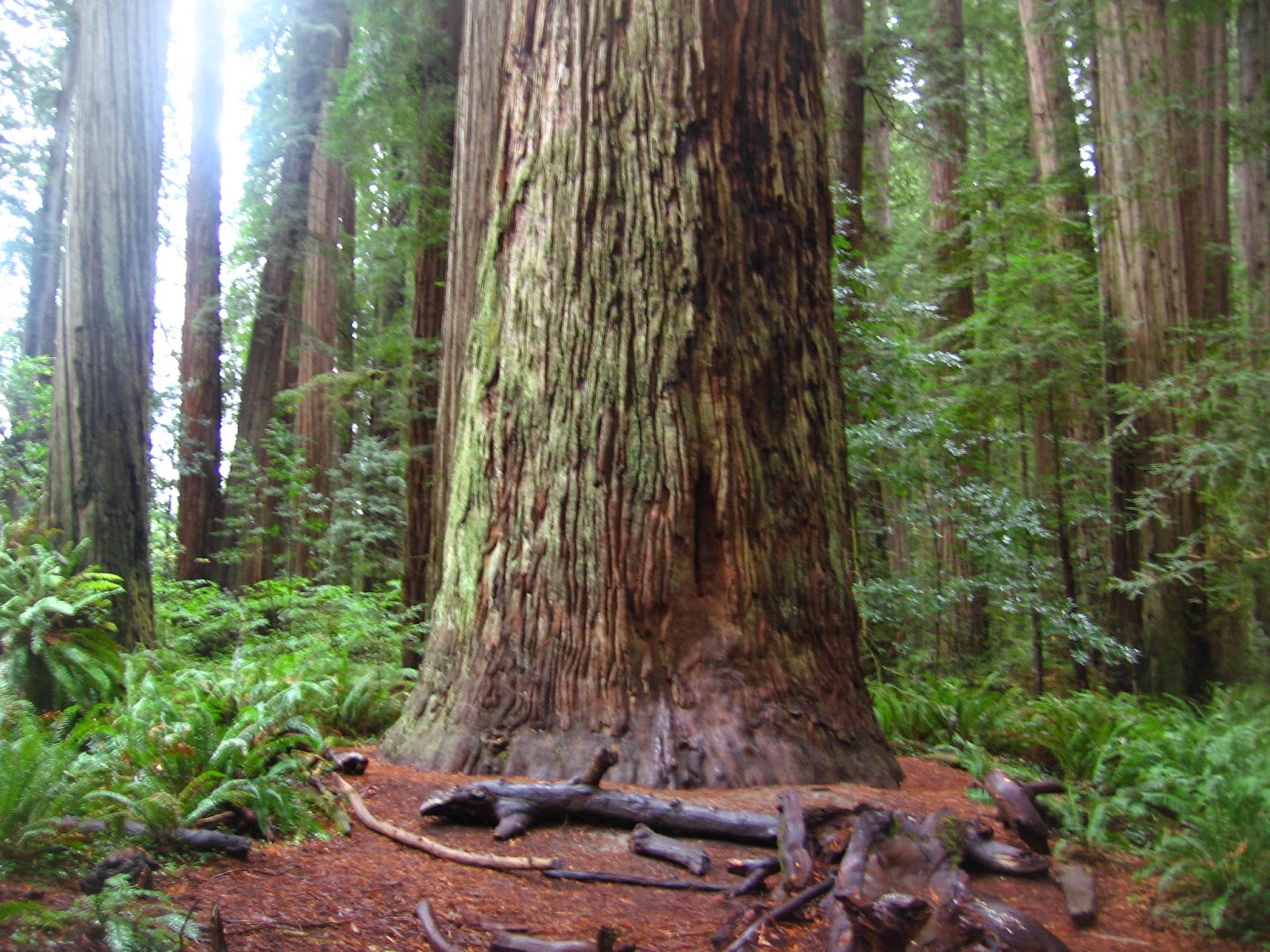Monday, October 27
We came into Death Valley National Park Sunday evening on
California 190 east from U.S. highway 395.
We got into the park just after dark and found a campsite at the
Panamint Springs RV park. It’s named
for the Panamint Mountain Range that runs north and south on the west side of
Death Valley. We were warned to fill up
the gas tank before we got there and you can see why from the first
picture. We did not buy gas there. There are two other places to buy gas in
Death Valley National Park and they were both consistent with what we had
been paying in California. I can’t explain why this one was marked so
high. I did not see anybody pump gas
there.
We moved on into Death Valley Monday and camped for the next
three nights at Furnace Creek Campground.
That’s where the visitor center is and the Furnace Creek Inn and Resort.
It’s the central part of the park and has most of the facilities. Names of places and features in Death Valley
are along the lines of Furnace, Stovepipe, Devil and Hell. Since it holds the worldwide record for the
hottest day on earth it does seem to be fitting. It was 134 degrees F in 1913.
Thank goodness we didn’t vacation there then.
As for touring Death Valley features on Monday, we hiked
into Mosaic Canyon near Stovepipe Wells.
It is colorful and the canyon walls are slick and shiny marble. Some of it was hard to climb over because it
was so slick. This is caused by the
rushing water coming down the canyon to smooth and shine the rocks. It worked well on the marble. I was speaking to another visitor who was an
equipment operator at some of the national parks including Death Valley and he
said it only takes a small amount of rain in the upper elevations to become a
torrent down the canyons and wash tons of rock and debris out onto the valley floor. Some of the debris are strange attractions in Death Valley. As for rain in Death Valley, it only averages 2 inches per year.
After our hike into the canyon, we went into the store at
Stovepipe Wells before re-hitching the trailer. We had to drop it off before we drove up to the canyon
trailhead. While we were at the store,
I noticed a young couple having their Ramen Noodles on the patio. Their saddle-bagged bicycles were nearby. I
asked them how far they had traveled.
They had been on the road for 4 months coming from Alaska on their way
to Brazil. I didn’t doubt them. They looked road worn. I thought about them all that night
wondering how you do that and what do you pack in your saddlebags. I’d say
they were in their mid-20s.
Monday evening, after setting up the trailer at Furnace
Creek, we went over to the ruins of the
Harmony Borax Works. As you might know,
Death Valley is famous for its Borax mining.
Many had also searched or gold in Death Valley but Borax was the money maker – while it lasted.
Harmony Borax operated there only about 5 years in the 1880s.
Chinese immigrants did most of the heavy lifting shoveling the borax
salts off the valley floor into wagons to be taken to the refining plant on
site. The refined Borax was then hauled
to market or transportation points on 20 Mule Team Wagons. Remember “20 Mule Team Borax”? Housewives swore by it. There were other borax mining operations
after Harmony.
Gas Price at Panamint Springs
Is this really Death Valley? Yes, it is!
Mosaic Canyon
Death Valley Sand Dunes
Death Valley Sand Dunes
Borax Salt
Borax Salt
20 Mule Team Wagon, 2 for Borax, 1 for water for mules
A Roadrunner in the parking lot.

























































